Home energy storage solutions, particularly those involving rooftop solar arrays coupled with domestic batteries, are increasingly being hailed as a transformative force for energy consumers.
Particularly in Australia, where solar feed-in tariffs have plummeted to a mere 5 cents per kWh, compared to the 30 cents per kWh that one might pay for grid electricity, the incentive to store solar power is rising sharply.
Although energy storage technologies like stand-alone off-grid systems and uninterruptible power supply (UPS) units for commercial settings have existed for years, the dawn of home-based, hybrid solar-battery systems has begun to catch the public’s attention.
This shift is happening despite the still significant costs of battery technology. One impetus for this trend is the heightened need for energy resilience.
As climate change fuels increasingly severe weather phenomena, leading to extended power disruptions, having a battery backup can be a lifeline for homes and businesses alike. Moreover, these residential battery systems offer a pathway to energy sovereignty, empowering households to produce and store renewable energy autonomously.
Popular Types of Batteries in the Market
Once upon a time, deep-cycle lead-acid batteries were the go-to for hybrid and off-grid systems. However, recent years have witnessed the ascendancy of lithium-ion variants, owing to their superior efficiency and more favorable warranty terms.
While there are emerging players like sodium-ion and Redox flow batteries, lithium-ion technologies remain the most cost-effective and efficient options.
Comparing Battery Behemoths
To offer a comprehensive evaluation, we put side by side popular AC-coupled systems like Tesla’s Powerwall 2 and Sonnen’s ECO, as well as DC-coupled units from industry leaders like BYD and LG Energy.
We also included popular LiFePO4 choices like Simpliphi, Australia’s PowerPlus Energy, and key Chinese makers BYD and Pylon Technologies. Additionally, we examined emerging technologies like Huawei’s LUNA2000 and lithium titanate cell-based options like Australia’s Zenaji Aeon and the much-debated Sirus supercapacitor batteries by Kilowatt Labs.
Lead-acid Versus Lithium-ion: An Ongoing Debate
Earlier versions of this write-up contrasted conventional lead-acid technologies with cutting-edge lithium-ion systems based on multiple metrics. Each battery type responds differently to operating conditions, which can either extend or shorten its lifespan.
Crucial differentiators include the daily depth of discharge and efficiency under varying loads and temperatures.
Criteria for Battery Evaluation
We adopted multiple key benchmarks to assess leading battery technologies. These included:
- Cost per kWh – Taking into account both initial expenses and long-term operating costs.
- Depth of Discharge (DOD) – The usable energy range.
- Cycle Life – Total number of charge-discharge cycles.
- Power Output – Maximum sustained and peak energy delivery.
- Round-trip Efficiency – Energy losses during charging and discharging.
- Environmental Impact – Long-term sustainability and ecological footprint.
Price Considerations
The initial price per kWh of storage is often a primary concern for consumers. We also calculated the lifetime cost per kWh, accounting for degradation rates and assuming daily full cycles for a decade, to meet standard warranty terms.
Notably, lithium titanate batteries could exceed their warranty under these conditions, unlike other types.
Depth of Discharge and Lifespan
Depth of Discharge (DOD) and cycle life are inherently related; the more a battery is depleted, the shorter its operational life. Manufacturers usually specify DOD for daily cycles, and battery life in years is contingent on adhering to these guidelines.
Importantly, batteries don’t abruptly fail but lose capacity gradually, with industry standards varying between lead-acid and more modern lithium-ion technologies.
Power Output and Efficiency
Maximum continuous and peak power output can be vital, depending on the inverter and specific use-case scenario.
For instance, off-grid setups generally require higher peak outputs due to the absence of grid support during high-load situations.
Round-Trip Efficiency and Environmental Factors
The final aspects considered were round-trip efficiency and sustainability. Energy losses are inevitable due to the laws of physics. While lead-acid batteries can lose close to 20%, most lithium-ion variants operate in the 5-8% loss range.
Moreover, factors like recyclability and temperature tolerance are increasingly critical as battery installations become more widespread.
In summary, as the world grapples with climate change and rising energy costs, home-based solar battery systems offer a compelling pathway towards a more sustainable and independent energy future.
With a myriad of options, from lithium-ion to emerging technologies, the choice ultimately boils down to individual needs and priorities.

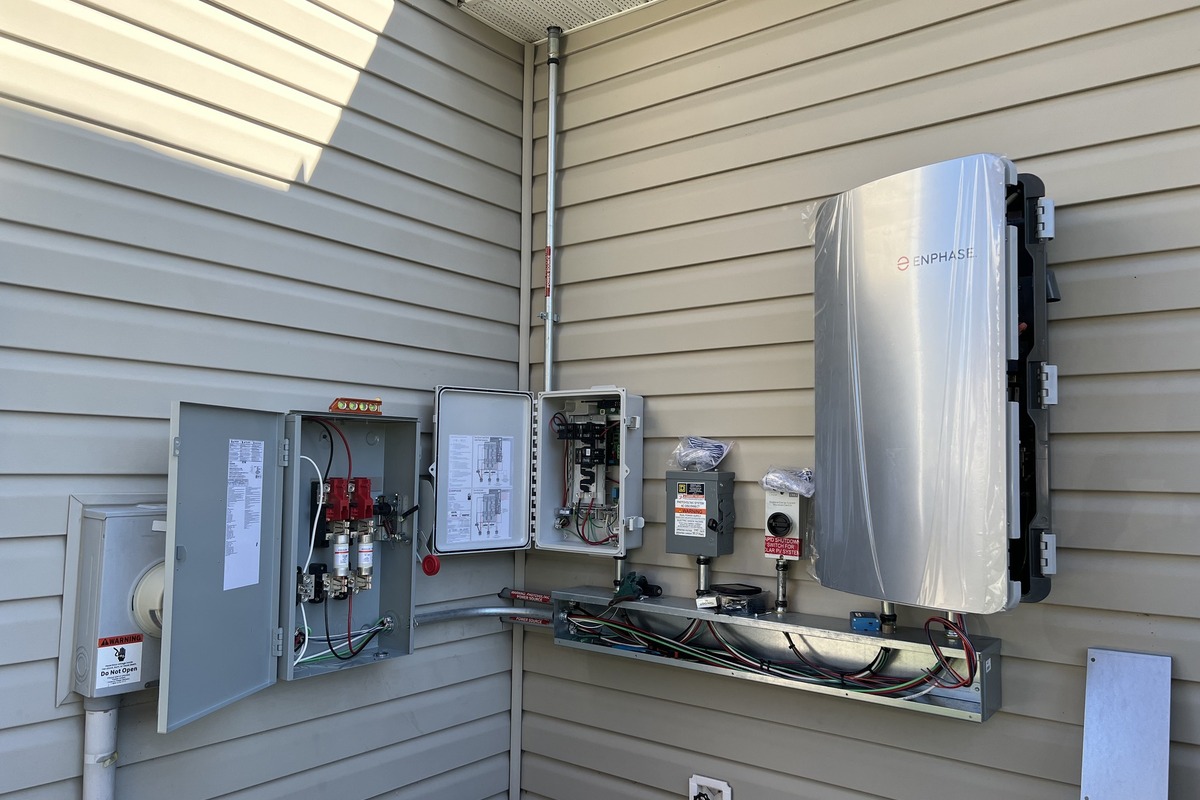
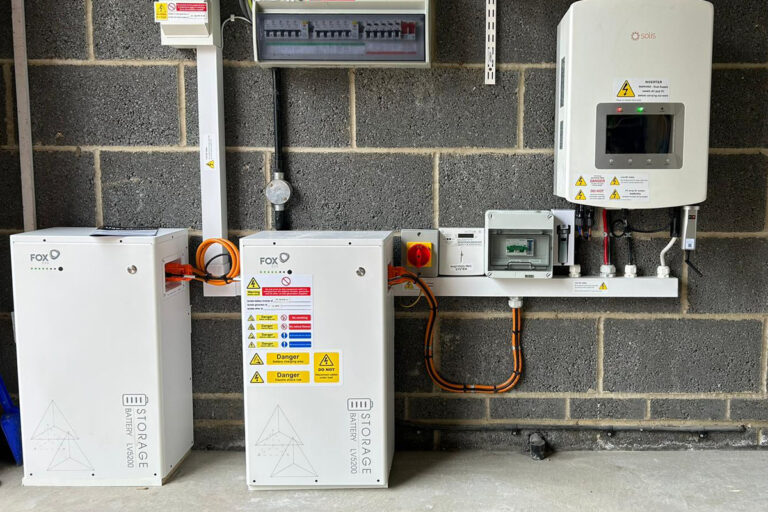
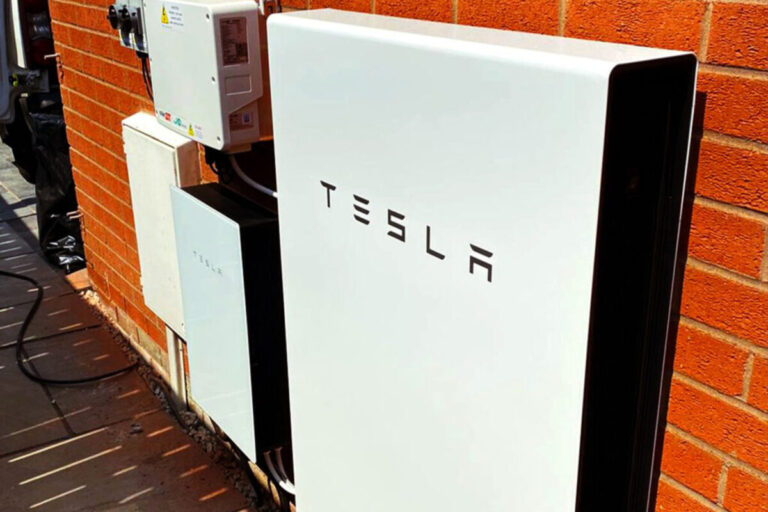
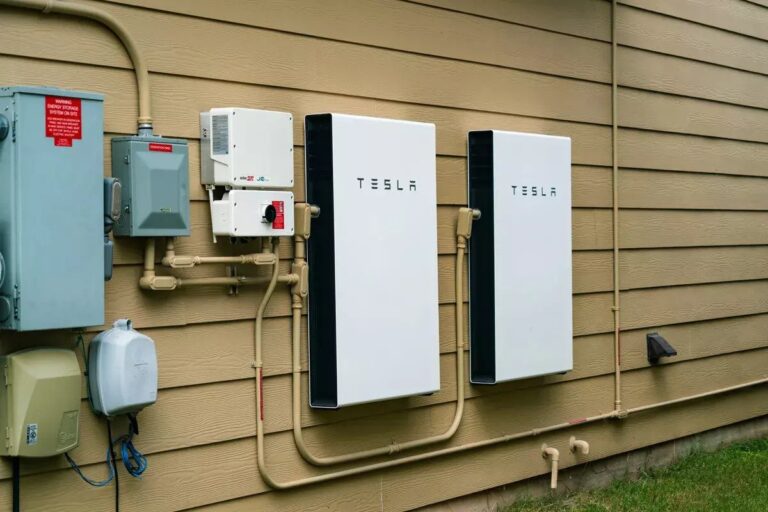
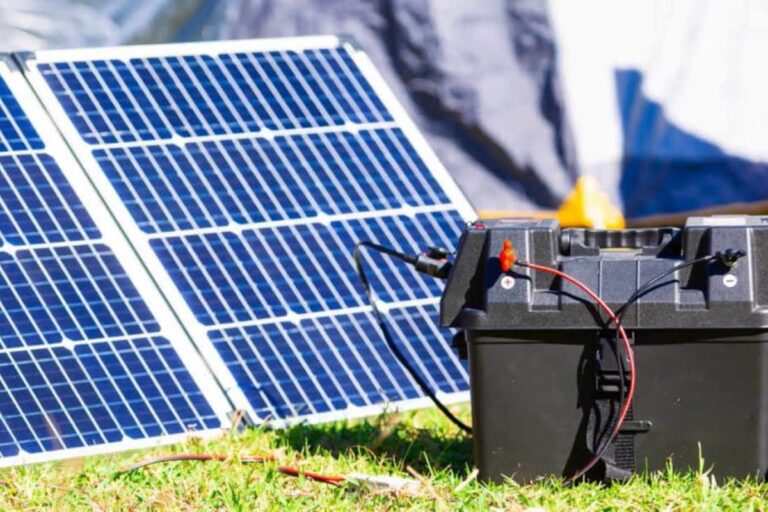
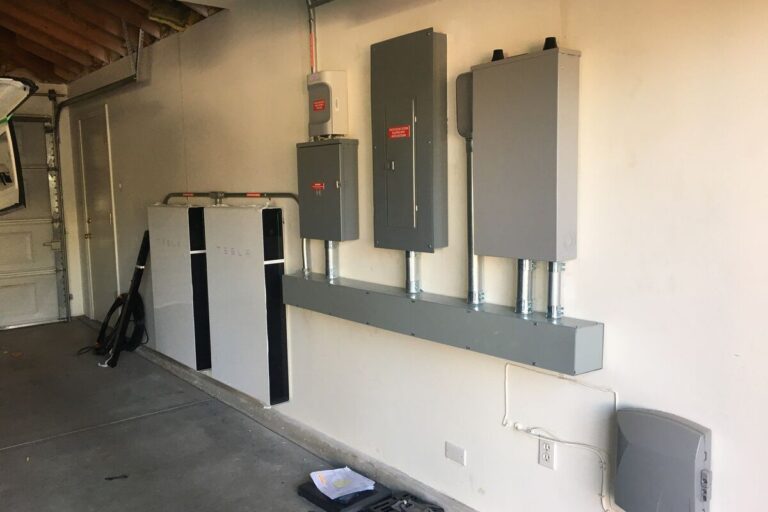
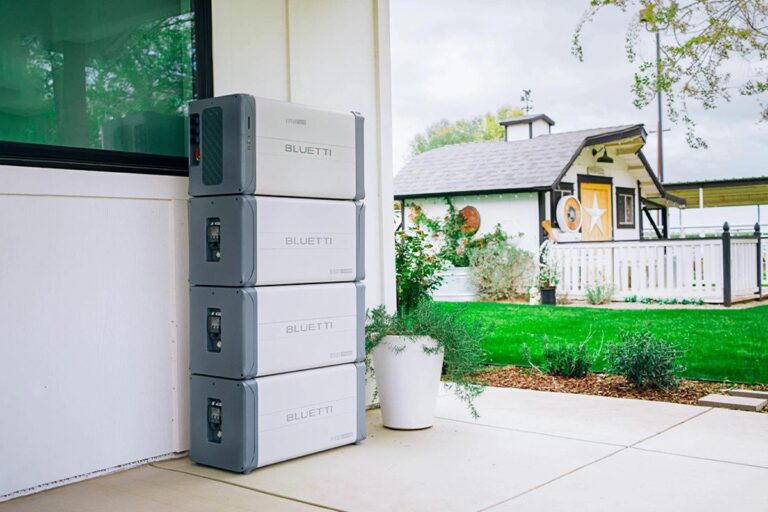
+ There are no comments
Add yours